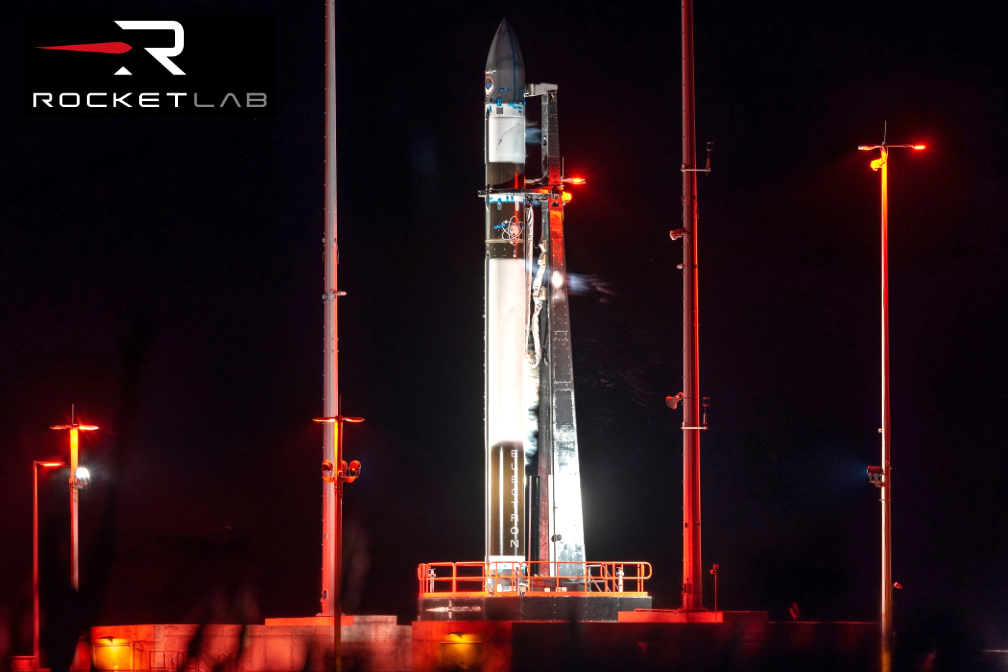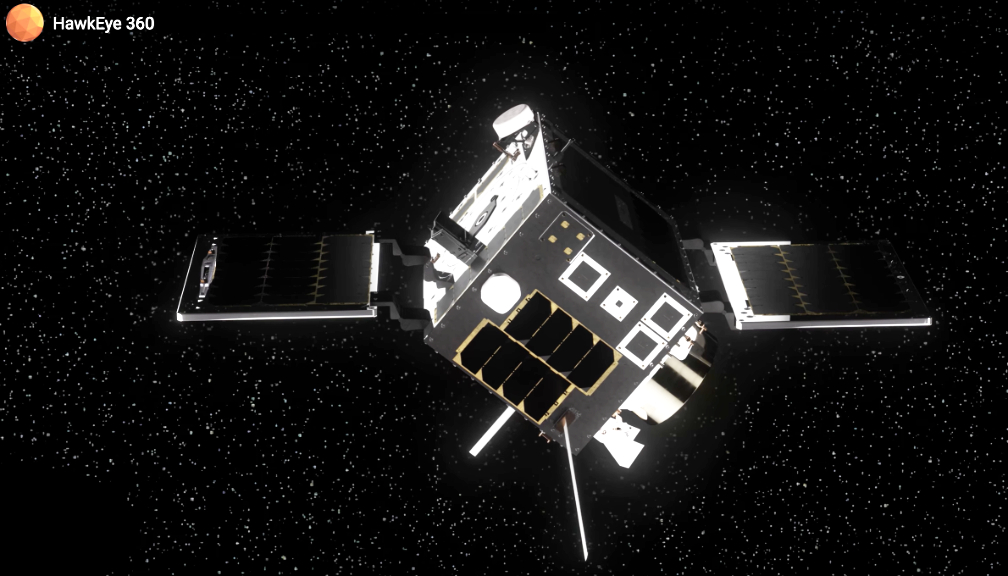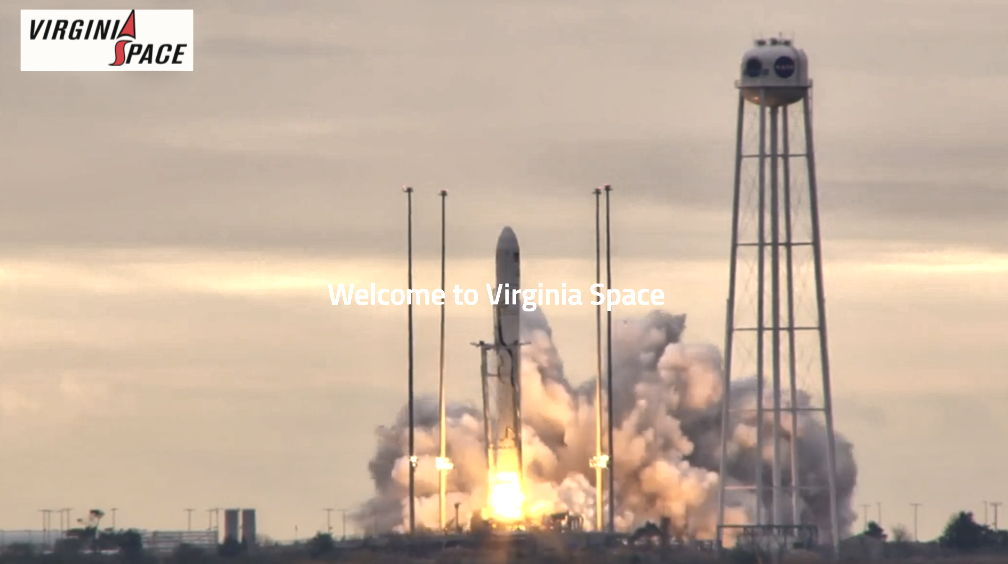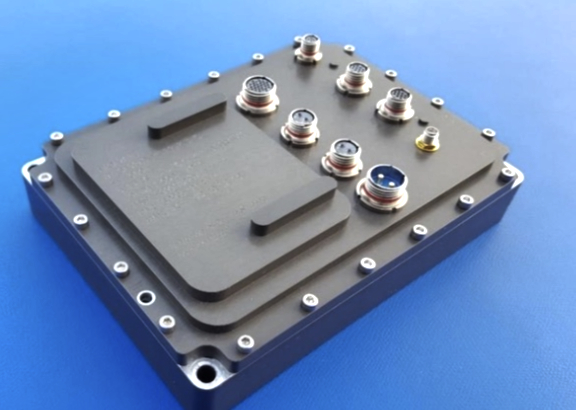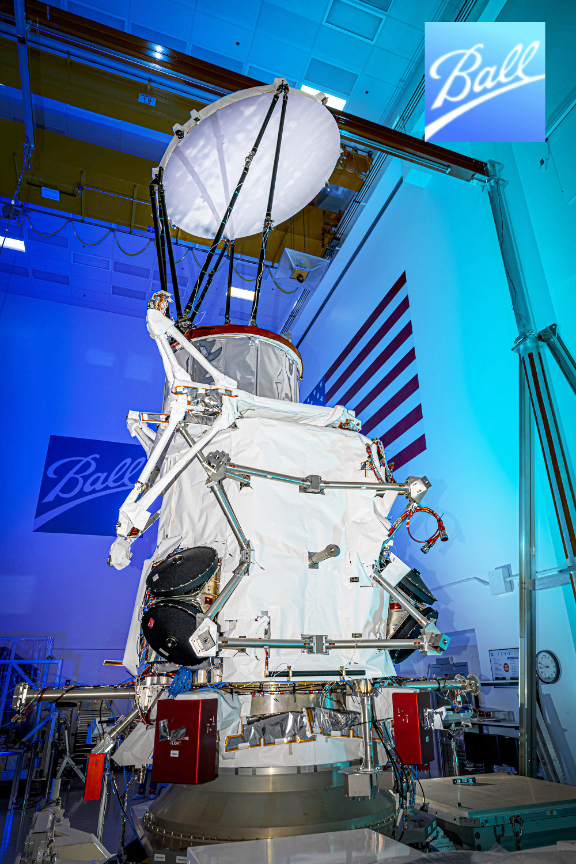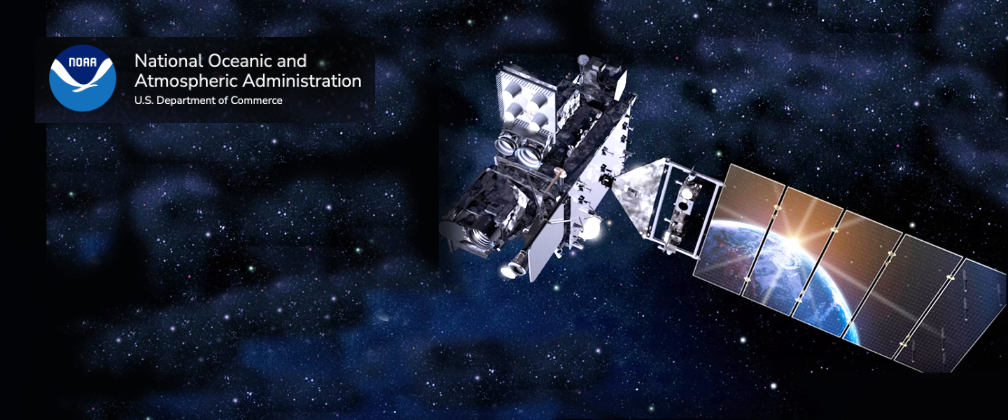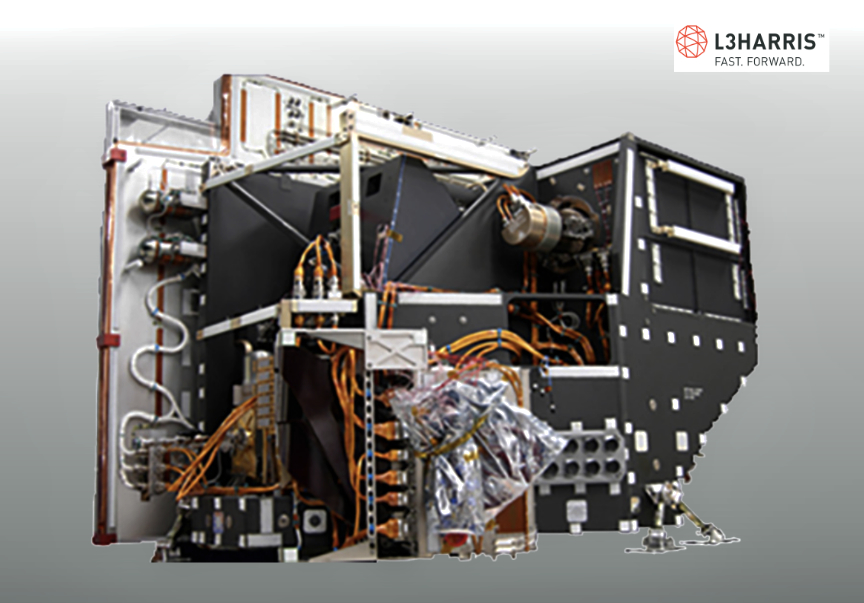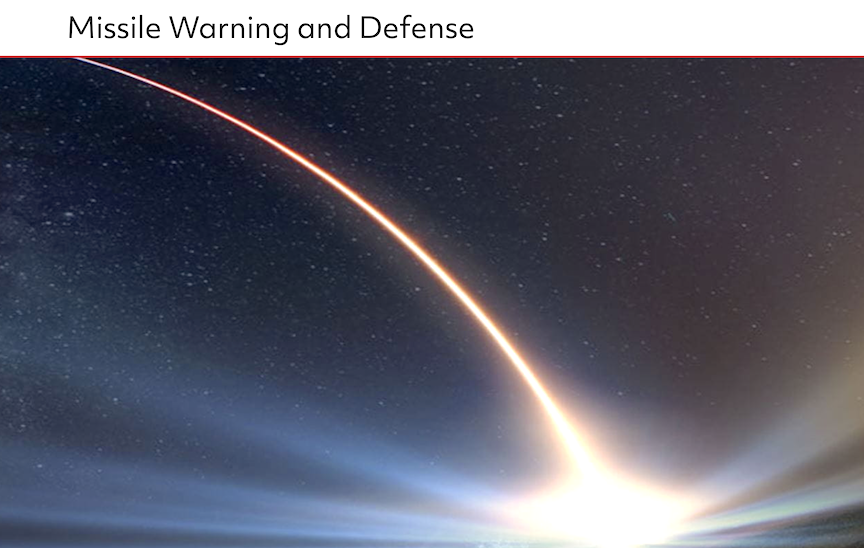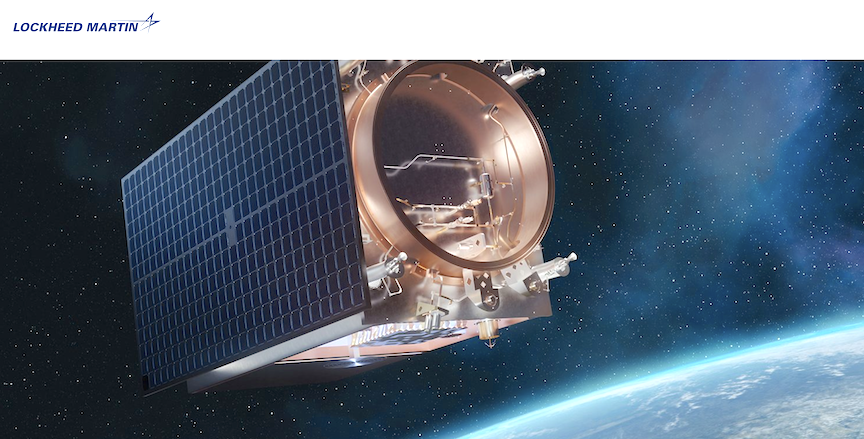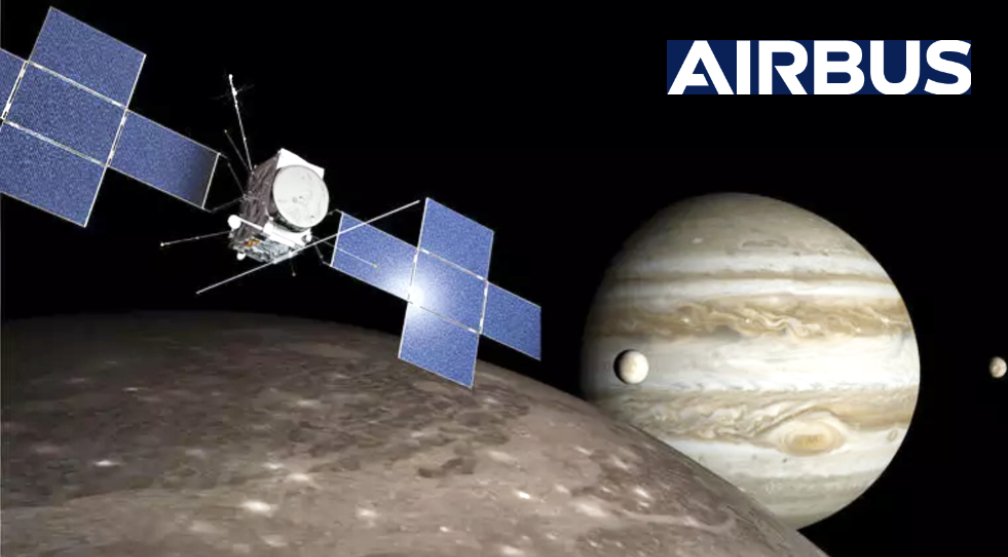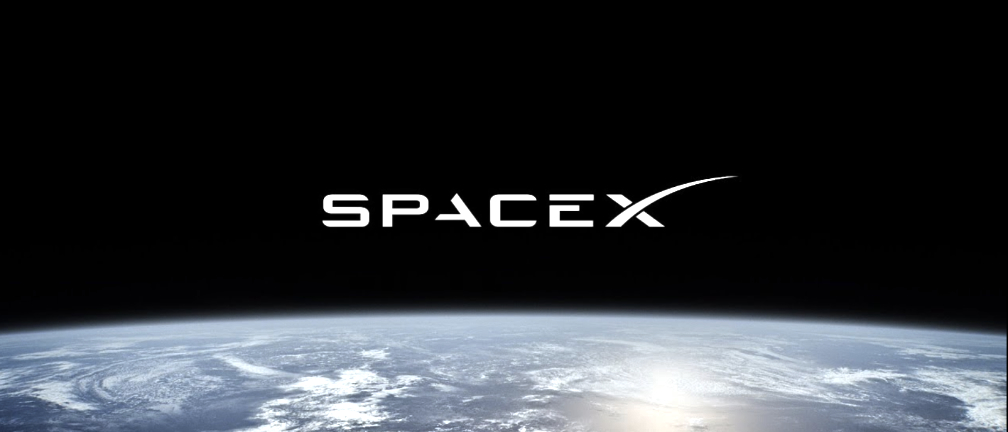
SpaceX has moved the date for their Falcon 9 launch of 51 Starlink satellites to LEO from January 14th and is now targeting Sunday, January 15th from Space Launch Complex 4 East (SLC-4E) at Vandenberg Space Force Base in California. The instantaneous launch window is at 8:18 p.m. PT.
Following stage separation, Falcon 9’s first stage will return to Earth and land on the Of Course I Still Love You droneship stationed in the Pacific Ocean.

A live webcast of this mission will start about five minutes before the launch.

SpaceX‘s Falcon 9 has propelled the OneWeb Launch 16 mission to orbit from Space Launch Complex 40 (SLC-40) at Cape Canaveral Space Force Station in Florida.

The first stage booster supporting this mission previously launched CRS-26.
Following stage separation, the first stage returned to Earth at Landing Zone 1 (LZ-1) at Cape Canaveral Space Force Station.
All imagery is courtesy of SpaceX’s streaming webcast screen captures during the launch event.

